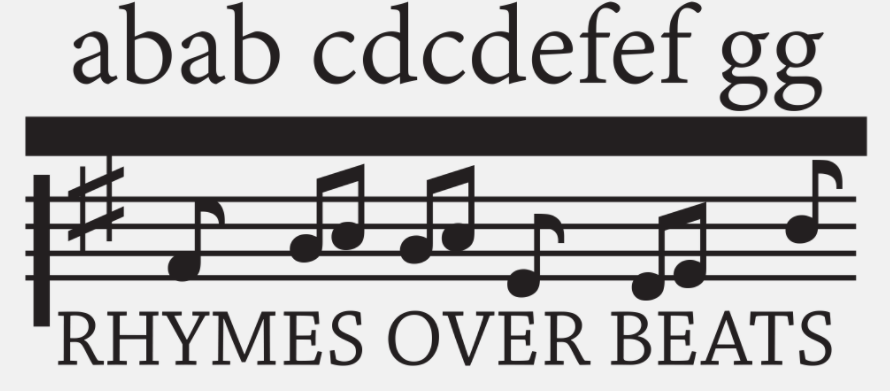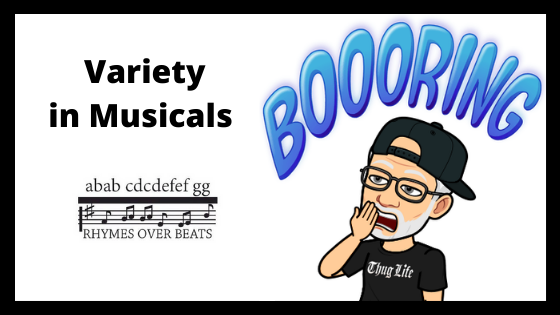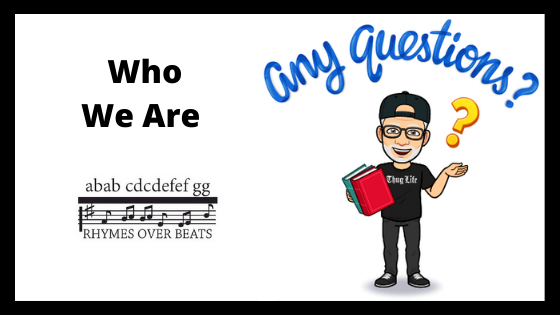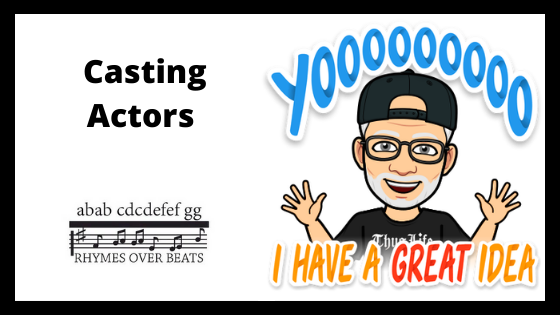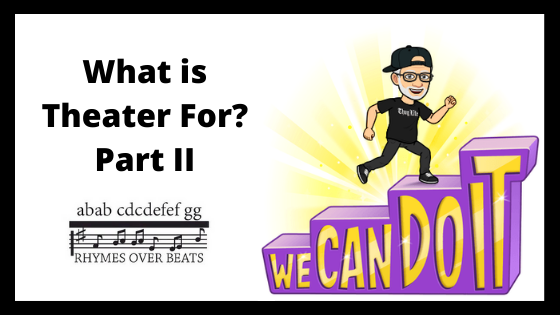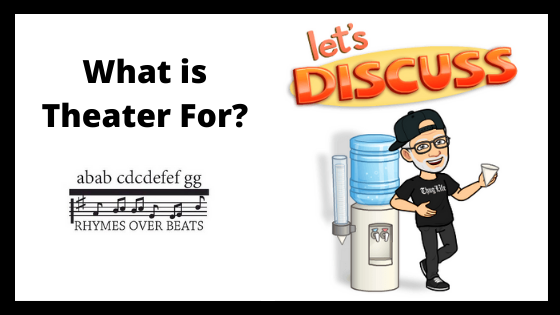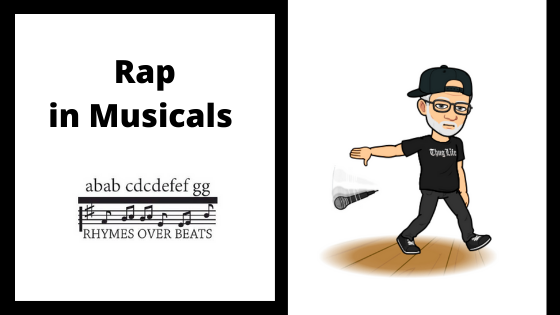
Rap in Musicals
Let’s Rap
Last week’s blog was about how rap songs are and should be a part of the musical theater repertoire.
This weeks blog is about two places, WHERE in the structure of a musical a rap song belongs, and where it doesn’t.
Use of Song in Musicals
Songs in musicals have different emotional effects on the audience.. A fast song gets your blood pumping, and gets the audience in an upbeat mood. A slow song has the opposite effect. But this is not what I mean when I talk about the structure of a musical.
A musical tells a story, with a protagonist who has a central “want.” This “want” is important – it launches a plot with dramatic action so that the protagonist can acquire that “want.” It”s not something easy to do – he/she must overcome huge obstacles and get stronger, braver, etc to try to get it.They either overcome or they don’t, at the end.
Because the audience begins the musical knowing nothing about the people and the world of the musical, they must learn about it as soon as the curtain goes up. This happens in the opening number. The audience learns what the protagonist wants through the I WANT song. And on it goes.
Every song has a place and a purpose.
Show, Don’t Tell
The number one rule of playwriting is, “show don’t tell”. The big no-no is excessive exposition, or “telling.”
Because rap is spoken, you can set up the world in a single song that is an elegant solution to the exposition problem. A brilliant example of this is the opening song “Alexander Hamilton” in HAMILTON..
Another point in a musical where a rap song is the perfect style selection is when the protagonist confronts obstacles. The protagonist confronts someone or something that keeps him/her from getting what they want. A rap battle is an ideal way to handle this. Again looking at HAMILTON, “Cabinet Battle #1” from is a great example of a conflict song.
Finally, there are musical numbers that act as the resolution of the story. They drive home the playwright’s point. At the end there is no new information to be conveyed, but rather, what is needed is an emotional underscoring of the message the audience already is aware of. It sets a mood which can be happy, like “You Can’t Stop The Beat” in HAIRSPRAY, or reflective, like, “Who Lives, Who Dies, Who Tells Your Story” in HAMILTON.
What it CAN’T be is rapped.
Why? Because at the end, we need a melody to convey emotion. Rap is great at keeping us in our head, appreciating the rhymes, the wordplay and the rhythm. But melody creates emotion.
What do you think?
Do you think that a final number can be rapped? I hope I get contrary opinions. Send me any samples of original finales to me at patrickrobad@gmail.com.
